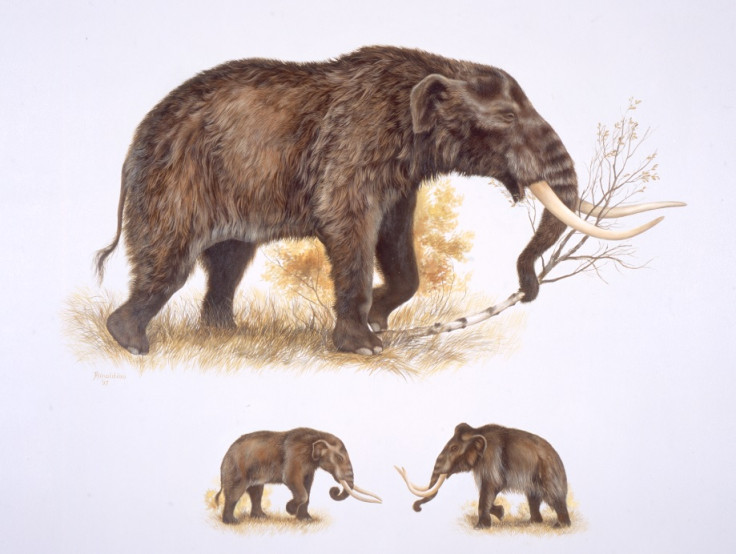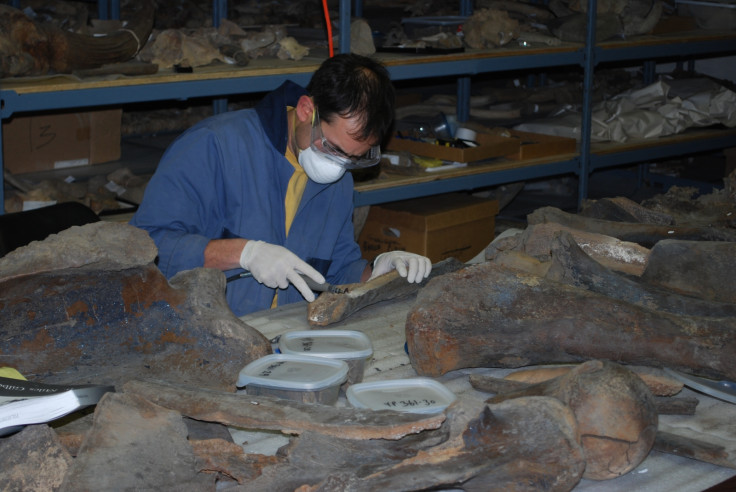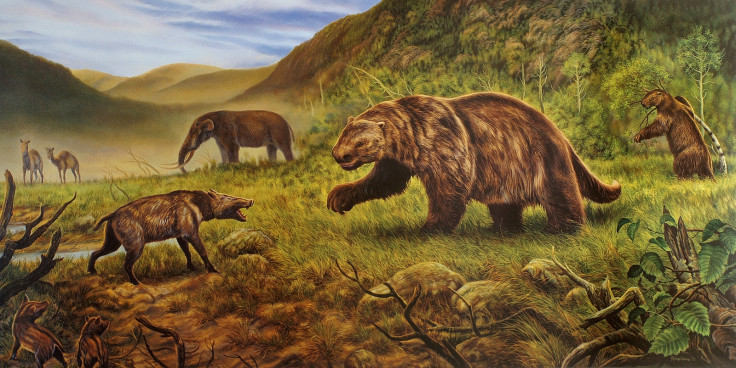Mastodons not driven to extinction by Arctic humans, carbon dating shows

A conundrum regarding a relative of the woolly mammoth and elephant has been solved after years of confusion.
Mastodons, which went extinct about 10,000 years ago, lived in North America and lived in forests and wetlands, surviving on leafy food. They were not adapted to cold climates, researchers note.
However, carbon dating of some mastodon fossils found in the Arctic and Sub Arctic suggested they lived in an arid land covered in ice caps about 20,000 years ago – a finding that meant something was amiss.
Ross MacPhee, a curator at the American Museum of Natural History and co-author of the paper, told IBTimes UK: "What that says is that either the interpretations of their diet and basic adaptations was wrong or there was a problem with the dates. By virtue of testing, we found there were several problems to do with the way in which fossils used to be curated at museums."
Previously, scientists had protected very old bones and teeth with "slop" – such as preparation varnish and glues. After taking the presence of this into account, researchers discovered the fossils were far older than previously thought – and placed them in the Antarctic at a time when the land was warmer and more suited to their needs.
The researchers said mastodons were confined to places "from time to time" depending on climate: "When things were warm during the last interglaciation 125,000 years ago, it made sense that mastodons would have been that far north."

Rather than being a permanent home, as soon as the climate got too cold for them far north, they would have migrated back south or died off, MacPhee said of the study, which was published in the Proceedings of the National Academy of Sciences.
Mastodons are from the primelephas genus, which includes elephants and woolly mammoths. However, they split from elephants about 20 to 30 million years ago and went on to have a very separate evolutionary history.
MacPhee said: "They looked very similar to elephants. They were a little bit lower to the ground but they were certainly big and bulky. If you saw one walking along, you'd think it was a strange kind of mammoth or elephant."
Their teeth were different in that they did not have the same grinding mechanism. They also had "chin tusks".
"Mastodons like elephants had very large top tusks coming out of the upper palate, but they also had little chin tusks as they're called, they retained primitively incisors in the lower jaw that poked out a bit. They were far too small to be functional, but distinguish mastodons," MacPhee said.
Explaining what could have happened to the species, MacPhee said they went extinct about 10,000 years ago from central North America due to a combination of factors – but humans probably not a leading cause.
"Scientists have been trying to piece together information on these extinctions for decades," he said. "Was is the result of over-hunting by early people in North America? Was it the rapid global warming at the end of the ice age? Did all of these big mammals go out in one dramatic die-off, or were they paced over time and due to a complex set of factors?"

Findings of the study suggest humans were not involved in the local extinction of mastodons in the Arctic but could have had a small role in their overall demise.
MacPhee said: "Humans obviously are a problem wherever humans are. Now whether they exclusively or dominantly caused ice age extinctions this has always been a subject of much debate. My own feeling is that humans might have been contributory but could not have been the lead.
"This is because there just weren't enough of them; they weren't there – starting about 13,000 years ago. It's just too incredible to imagine that people with fairly primitive toolkits could have accomplished a number of die offs that they're blamed for."
Discussing what is next for mastodon research now they have laid the mystery to rest, MacPhee said they plan to start studying their ancient DNA.
He said: "Mastodons have only to a very limited extent been studied with ancient DNA techniques unlike woolly mammoths, where there is a great deal of information on woolly mammoths – the entire genome.
"The great thing about these fossils from the very far north is that they are well preserved and consequentially the DNA is well preserved so we're working on trying to sort out some aspects of their genomic history."
© Copyright IBTimes 2024. All rights reserved.







